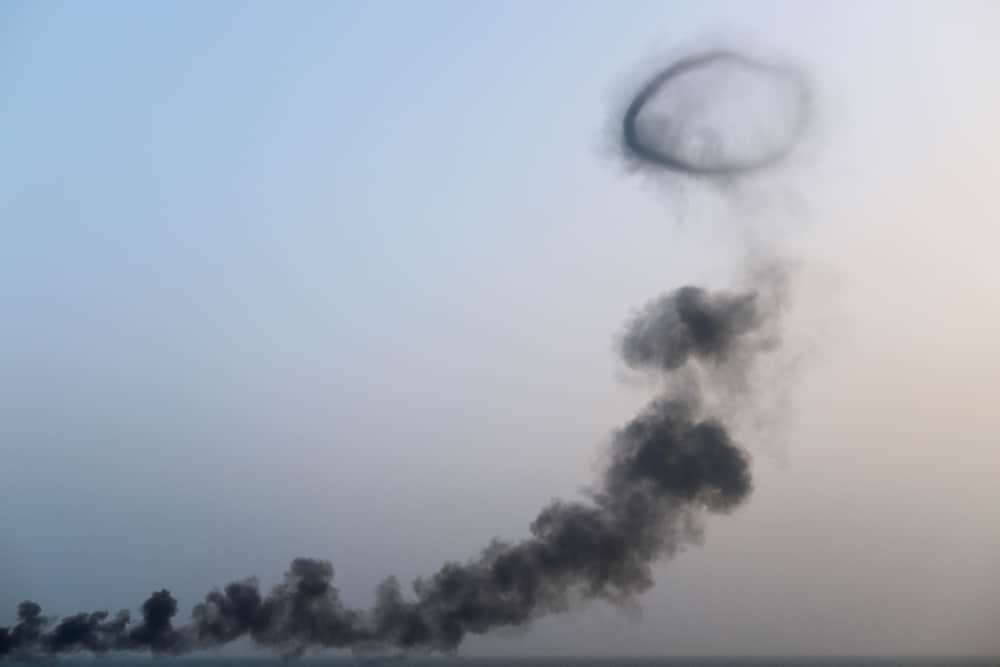Mount Etna, Europe’s largest active volcano, is delighting tourists and locals by blowing almost perfect circles of smoke into the blue skies over Sicily.
Smoke circles, known as volcanic vortex rings, are actually made of condensed gases and water vapor. They form when gases rise from deep below the earth and escape inside a volcano’s crater.
Mount Etna is one of a handful of volcanoes around the world that produces the rings and does so prolifically, but the latest emissions are exceptional, scientists say.
“No volcano on earth produces so many rings of steam as Etna. We have known this for quite some time. But now it is beating all previous records,” said Boris Behncke, a volcanologist at the National Institute of Geophysics and Volcanology of Catania. He has been studying and living close to the volcano for the past 25 years.
He said that on late Tuesday, a small vent opened on the northeast edge of the southeast crater, which emitted puffs of incandescent gas.
He said that the following morning, it became clear that these puffs were creating “an impressive quantity” of vortex rings.
Mr Behncke added that the volcano has emitted hundreds, perhaps thousands, of spectacular rings since then. He can see the volcano from his house in Tremestieri Etneo, near Catania.
Locals have dubbed the volcano Lady of the Rings due to the circles of vapour it has been emitting.
“I thought I had hallucinations. I had never seen anything so spectacular and beautiful,” said Angela Intruglio, from Mascali, a town at the foot of Mount Etna that had to be rebuilt after an eruption in 1928 destroyed it completely.
Experts say the unusual rings are harmless and aren’t necessarily a prelude to an imminent eruption.
“It’s only an open conduit, of a circular shape, through which the gas is shot in a pulsing way,” said Mr Behncke. “It’s really something extraordinary and completely innocuous.”
The previous time it happened at Mount Etna was last December, said Giuseppe Barbagallo, a South Etna Alpine Guides Group guide. Other major emissions of rings occurred in 2000 and 2023.








